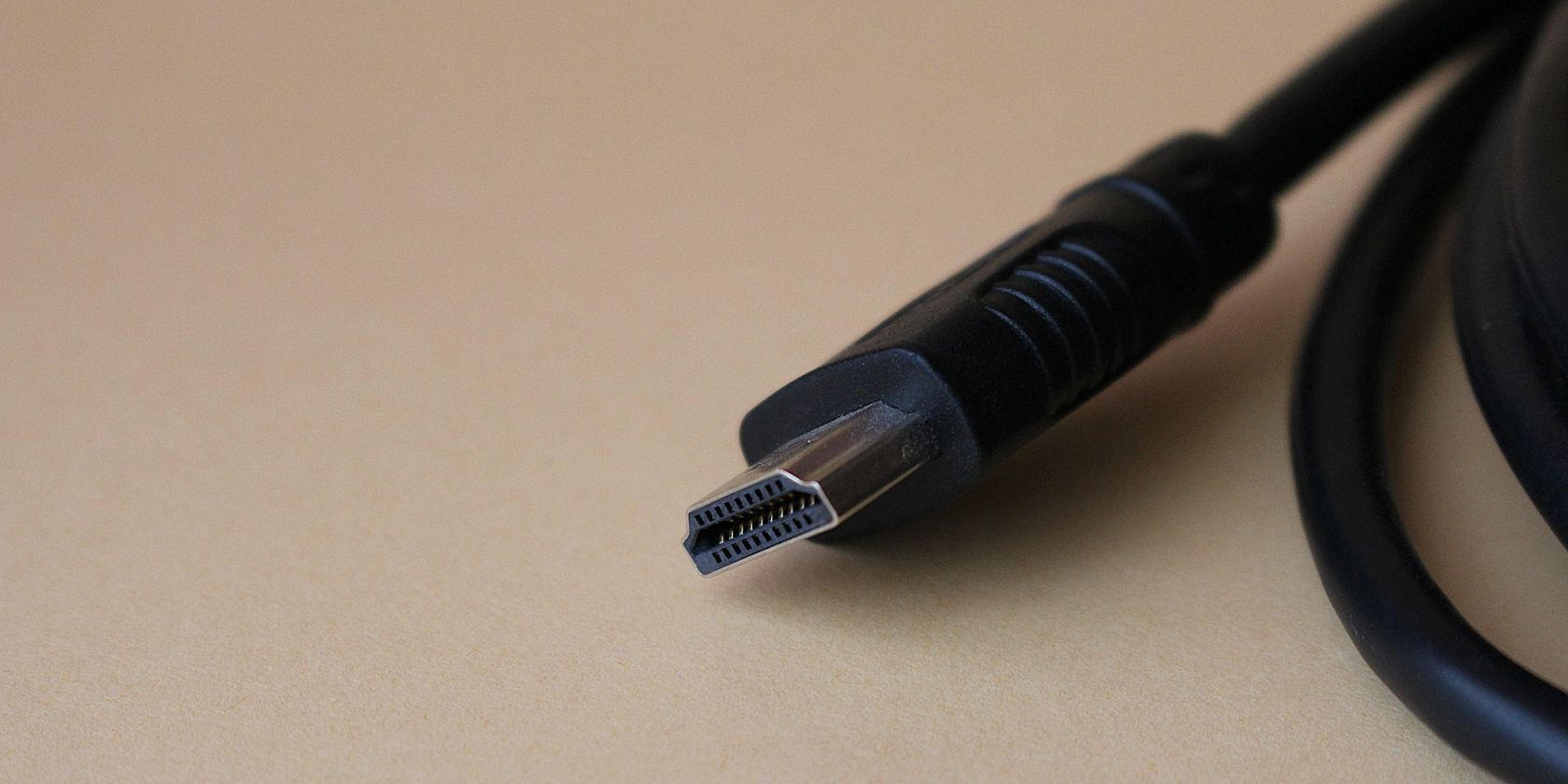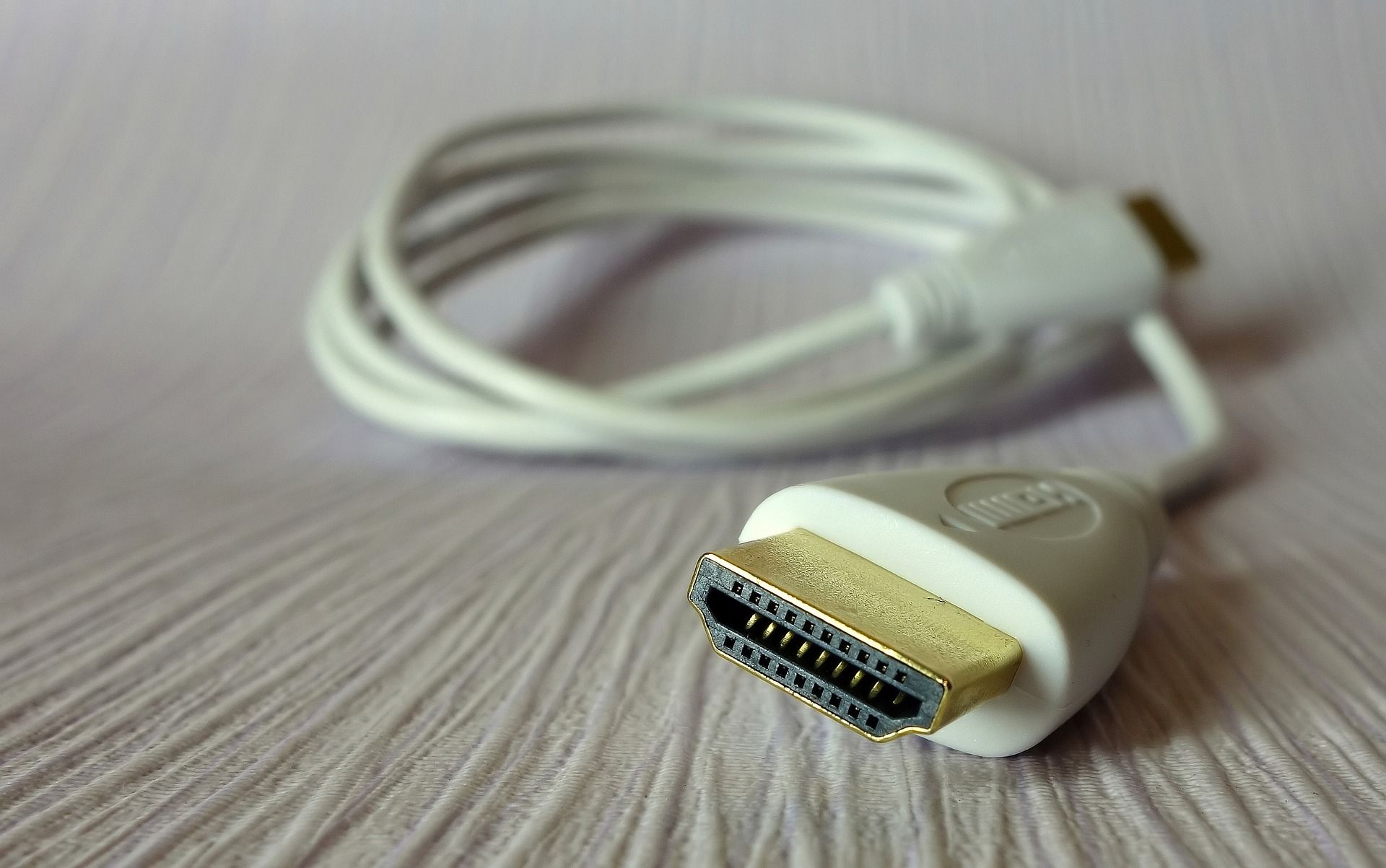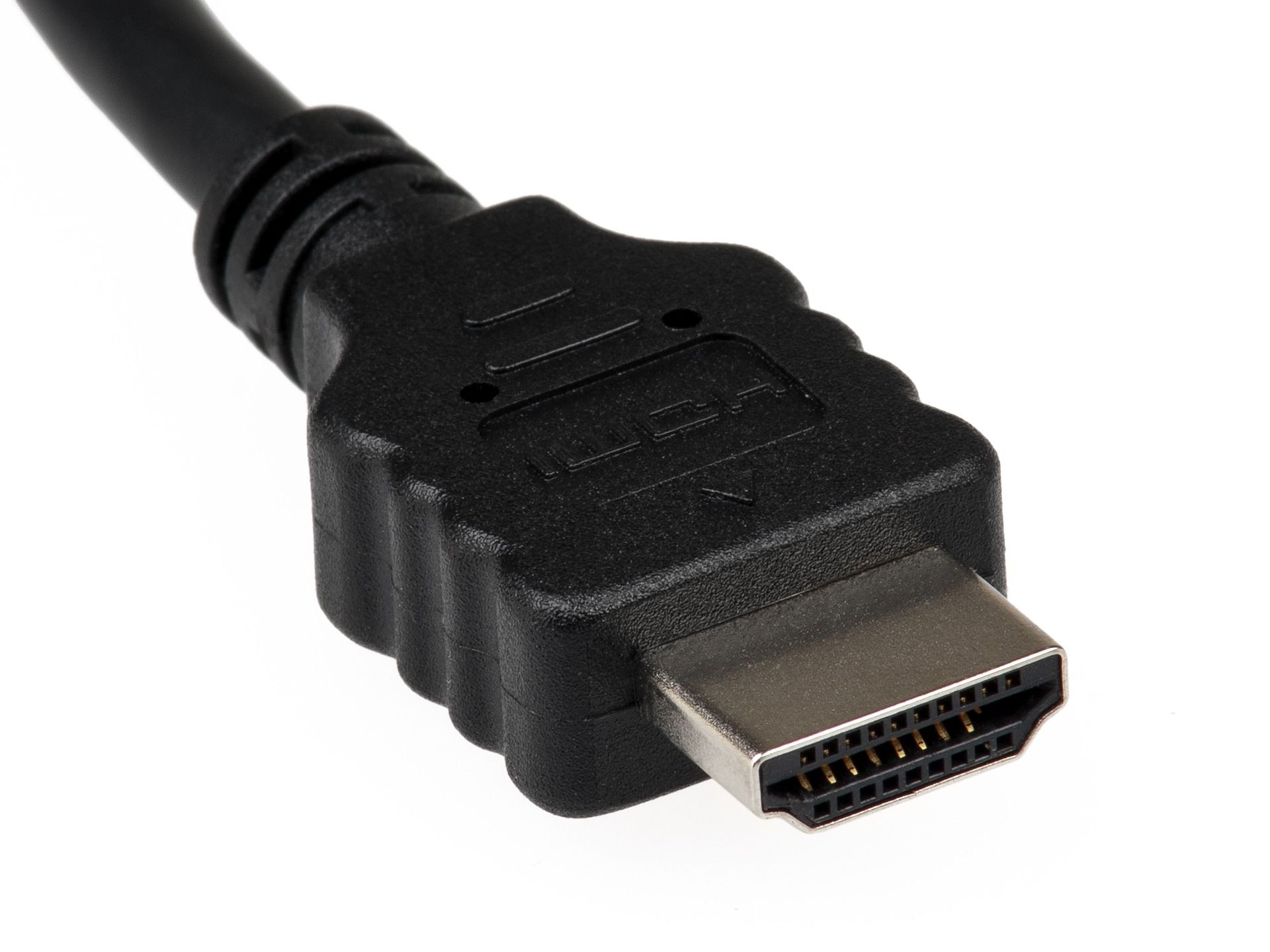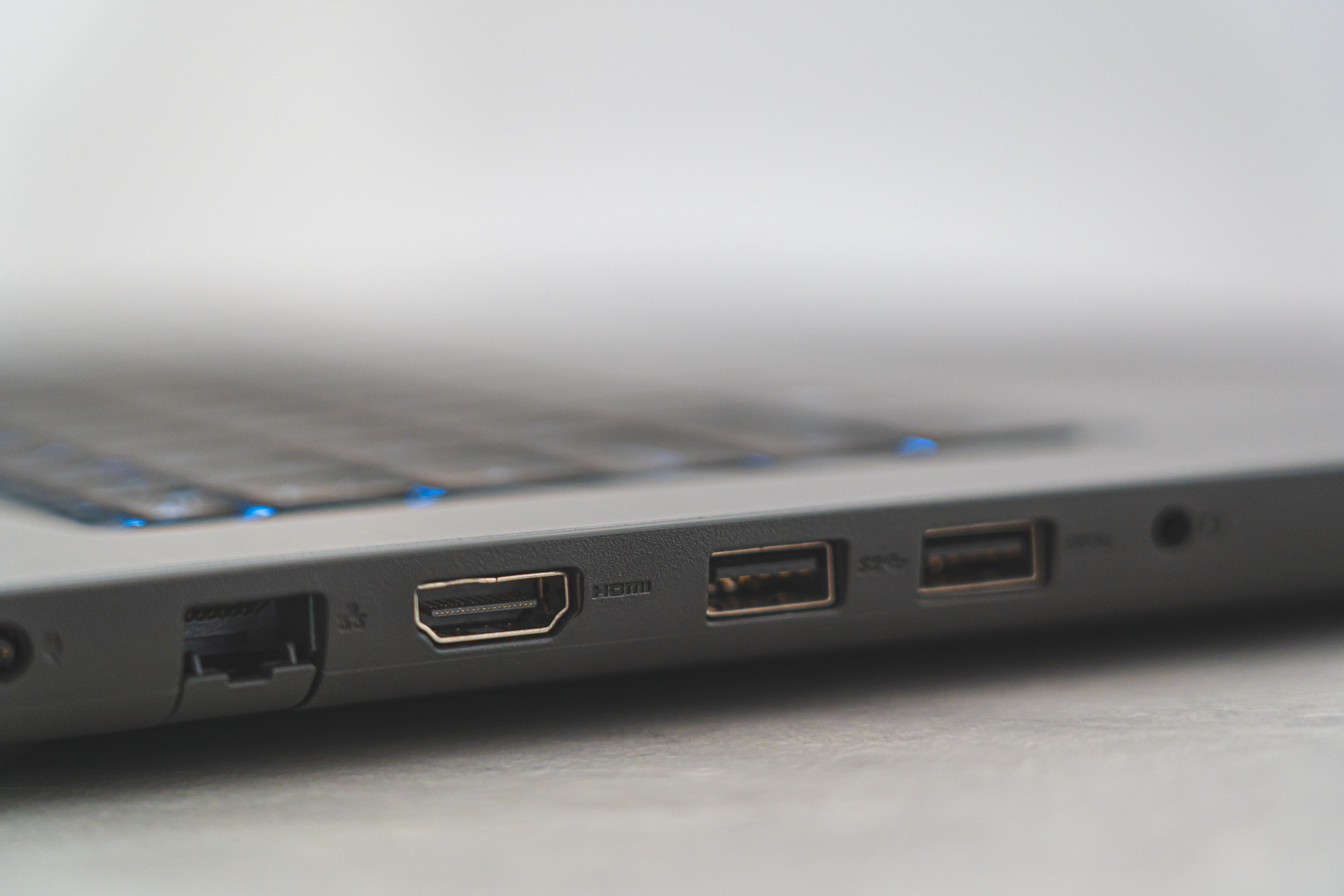High definition multimedia interface (HDMI) cables have been around for a while, with gaming consoles, computers, and many other devices using them. When dealing with multiple devices or displays, having HDMI splitters is a good idea.
But how do HDMI splitters work? And what even are they? Keep reading, because you'll discover the answer to both of these questions in this article.
What Are HDMI Splitters?
A HDMI splitter is a small hub that typically has one input port and multiple output ports. The laptop is plugged into the sole input port. The HDMI splitter then takes the signal, copies it, and sends it through the output ports to the monitors.
So, when would you use one? Well, let's say that a presenter wants to display their laptop's screen to multiple displays during a presentation. They will have to plug their laptop into an HDMI splitter to achieve this. A HDMI splitter does just what its name implies: it splits the HDMI signal so that one signal can go to multiple displays.
There are two main types of HDMI splitters: passive and active. You can find out more about both of them below.
Passive HDMI Splitters
Passive HDMI splitters take a signal and divide it into multiple copies of itself, before sending it through multiple outputs. This is a straightforward way of sending the signal to multiple displays, and is also the most power-efficient.
With that being said, passive HDMI splitters have some disadvantages.
Only half of the energy of the original signal will make it to each device. If the amount of energy is not sufficient to power both displays, the splitter will often refuse to pass the signal through.
Active HDMI Splitters
Active HDMI splitters are powered, which means that they have their own source of energy. As such, they can boost the original signal enough to ensure that all displays get a powerful signal.
Active HDMI splitters are also useful to combat signal degradation. There's a limit to how far an electrical signal can travel before it starts to degrade. The distance that a HDMI signal can travel is about 50 feet. Since the signal is boosted with an active HDMI splitter, however, it can be pushed further.
What's Bad About HDMI Splitters?
So, now you know the answer to: "how do HDMI splitters work?". Despite the advantages associated with both versions, you also need to consider some additional negatives. These are listed below.
HDCP
One issue that users have to deal with when using splitters is HDCP. This stands for: "high-bandwidth digital content protection."
HDCP is a technology developed by Intel to combat digital piracy. It ensures that the signal passing through the cable is not of copyrighted content. While it seems like a good idea, it can have some issues for users.
The technology that HDCP piggybacks off of is called "HDMI handshaking." This is the process where the monitor and the source (the game console, laptop, etc.) continuously communicate back and forth with one another. If the content passing through the cable is encrypted in some kind of way, the devices will shut down the connection.
The issue lies in the fact that much of the time, content is not streamed for the sake of piracy. People like to display movies and shows on bigger screens, or on multiple screens in public settings. If the devices identify that the content as copyrighted, the connection will be shut down.
Screen Resolution Incompatibility
When sending a signal to multiple monitors, it can be a hassle if the monitors are running on different resolutions. A HDMI splitter doesn't adapt the signal to the monitor, so the same signal will go to both monitors.
Things should be fine if the resolutions don't differ too much. But if you're trying to send a 4K signal to one 4K display and a 720p display at the same time, that could lead to some problems.
It's best to make sure that both monitors have the same resolution, or—at the very least—a similar resolution. On top of that, it's also worth making sure that the monitors are compatible with whichever signal you're splitting.
HDMI Version Incompatibility
HDMI, like the USB, has different version numbers to mark the progress that the technology has made over the years. Because of this, it's important to make sure that the monitor, splitter, and source are using the same version of HDMI. If there are any incompatibilities, the signal may not be pushed through.
As of mid-June 2021, the latest version of HDMI is 2.1. If a monitor can only accept version 1.1, then it won't show a picture from a source pushing a version 2.1 signal. On the other side of that coin, HDMI is backward compatible. This means that a monitor which accepts HDMI version 2.1 can also display a picture from a version 1.1 source.
It's also important to check and see if the cable that you're using is of good quality. People wonder if gold-plated HDMI cables are of a higher standard. In reality, you should never go by the appearance of the cable itself; instead, read the packaging. Once you've done this, you can make a better decision.
How HDMI Splitters Can Help Reduce Clutter
The most obvious benefit of using HDMI splitters is the ability to cast a singular video feed to multiple monitors. Adding to this is the fact that HDMI splitters reduce clutter.
Without one, the user would need to have multiple sources. This means that each source would need to have its own cord to connect to each monitor individually—and that's an organizational nightmare! Since you only need one source with an HDMI splitter, this reduces the number of cords overall.
HDMI Splitters Are a Great Tool If Used Right
So, can you split a HDMI signal? In short, yes. But you need to make sure that everything is compatible.
If you use multiple monitors each day, using HDMI splitters is a good idea; they come in handy in most situations. As with any piece of technology, it's important to know how to use them properly in order to avoid headaches.
HDMI splitters can be found in electronic shops all around the world, so it shouldn't be hard to find the right one to unclutter your life.




